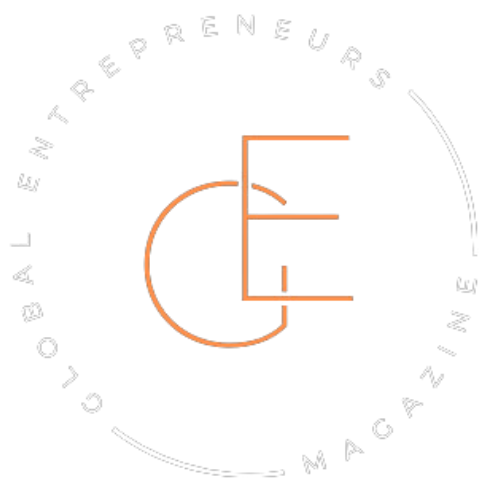It usually starts in silence.
A founder walks into the room—or logs onto Zoom—with five minutes to win over someone who’s heard a hundred similar stories this month. There’s no time to ramble. No room for jargon. Just a shot at making someone believe.
And here’s the truth: the best founders aren’t winging it. They’re not just confident. They’re prepared in ways that don’t always show on the surface. Behind every smooth pitch is a quiet stack of tools helping them shape, time, and deliver their message with precision.
This piece isn’t about hype. It’s about what actually works.
We’re looking at the tools founders rely on to pitch smarter, stay in control, and close faster—because winging it is no longer a strategy.
Data rooms that don’t kill momentum
Investors might say “Send the deck,” but what they’re really asking is, “Show me you’re legit.”
Dumping a folder of PDFs into Google Drive doesn’t do that anymore. It slows things down. It raises questions. It creates friction.
Founders who move fast don’t just share files—they guide the journey. Tools like DocSend let them track what’s being viewed and for how long. Accord turns a plain info dump into a structured process, making it easy for both sides to stay in sync.
Momentum dies in the waiting. Founders who keep the pace up understand that access and structure can coexist. The trick is using tools that keep the story going—even when you’re not in the room.
Follow-ups that actually move the needle
The weakest part of most pitches happens after the meeting.
A vague “Let’s touch base next week” turns into silence. A great conversation fades into a cold trail. The momentum slips—and with it, the deal.
But some founders have figured it out. They don’t chase. They guide. Tools like Streak and Close help them keep track without feeling robotic. Superhuman lets them fire off thoughtful follow-ups before the next person even blinks. Some go straight to voice notes—quick, personal, and impossible to ignore.
It’s not about persistence. It’s about presence. The best follow-ups feel less like reminders and more like conversations that never really stopped.
The psychology of the pitch—and the tools that respect it
Most pitches fail because they overload. Too much info. Too soon.
But the best founders? They pace the story. They read the room. They know when to lean in and when to let silence do the heavy lifting.
Some use live demo tools that adapt mid-call. Others track reactions in real time—what’s clicked, what’s ignored, what’s replayed. It’s not about spying. It’s about listening without interrupting.
Great tools don’t just share data. They shape how it lands.
Because in a pitch, it’s not just what you say. It’s how it feels when someone hears it.
What the best closers know that others don’t

Winning a pitch isn’t about dazzling someone once. It’s about staying top of mind without being loud about it.
The best closers don’t rely on charm. They build systems. Follow-up isn’t a calendar reminder—it’s a rhythm. They use simple pipelines to track interest. They know who’s warm, who’s fading, and who just needs one more nudge.
Some build lightweight trackers in Airtable. Others keep it old school with spreadsheets that actually get updated. The tools don’t need to be flashy—they just need to keep things moving.
Because at the end of the day, most deals go to the founder who stayed organized, stayed consistent, and didn’t drop the ball when it mattered.
Founders talking to founders
Ask around, and you’ll hear it in the stories.
One founder swears a single Loom video landed them their first angel check. Another says switching to Superhuman cut their email lag in half and changed how they showed up. There’s the duo who used Notion to pitch a six-figure deal—without ever making a slide.
These tools didn’t just make things easier. They made things possible.
What’s consistent isn’t the software. It’s the clarity. The simplicity. The control. Founders who’ve done it know the right tool, used the right way, can close the gap between a maybe and a yes.
And when they find what works, they rarely keep it to themselves.
Building your own pitch stack
There’s no perfect stack. There’s just what works for you.
Some founders go all-in on automation. Others keep it scrappy. What matters is having a system that doesn’t break under pressure—and doesn’t make you sound like everyone else.
Start simple. Audit what you’re already using. Where are things slipping? Where are you wasting time? Then plug the gaps with tools that make your process smoother, not more complicated.
You don’t need ten platforms. You need three that pull their weight.
And once you’ve got them? Own them. Let them do the quiet work so you can show up fully when it counts.




